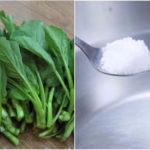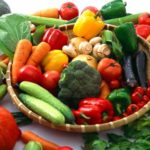Boiling vegetables is often regarded as one of the simplest cooking tasks. All you need to do is clean the vegetables, put them in boiling water, and wait for them to be cooked.
However, the truth is that boiling vegetables requires more skills than that. For example, how to wash vegetables properly? Should you cover the pot when boiling vegetables or not? How to preserve the flavor of vegetables? The color and the maximum nutritional value during the boiling process,…
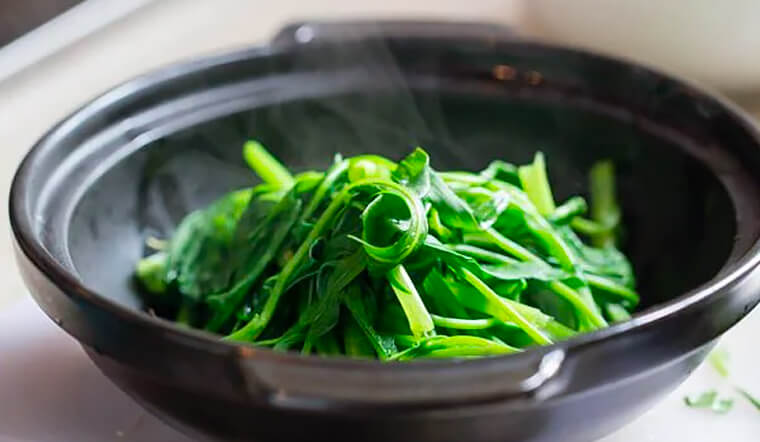
According to nutrition experts, vegetables are an important part of a diet, providing numerous nutrients, especially vitamins and antioxidants. However, when boiling vegetables, vitamin C, B1, and folate dissolve into the water.
The longer the vegetables are exposed to heat, the more vitamins they lose. Cruciferous vegetables, such as broccoli and kale, can lose over 50% of their antioxidants when boiled.
The principles of boiling vegetables correctly
In general, when boiling vegetables, it is best to minimize cooking time, temperature, and amount of liquid in order to retain the nutrients. That’s why steaming is one of the best ways to cook most vegetables.
For root vegetables like carrots, potatoes, and turnips, it is recommended to cut them into small pieces. The smaller the pieces, the faster the cooking time. This way, the food will lose fewer nutrients and retain its crispiness. The pieces should be evenly cut to ensure even cooking time.
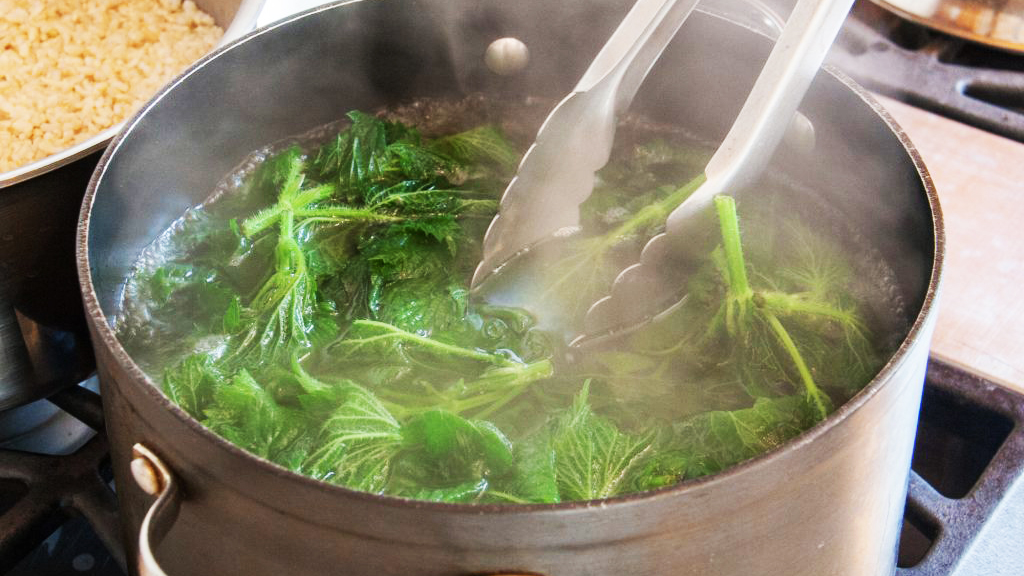
When washing vegetables, you should gently rinse them with clean water instead of scrubbing them vigorously. After rinsing, do not let the vegetables sit for too long before boiling, as they will lose their freshness.
Boil the water first, then add the vegetables. Do not put the vegetables in cold water at the beginning, as they will lose more nutrients. Boil the water with high heat, so that it reaches a rolling boil before adding the vegetables.
To cover or not to cover when boiling vegetables?
Many people wonder whether to cover the pot or leave it open when boiling vegetables. Studies have shown that leaving the pot open helps the vegetables retain their vibrant green color.
If you cover the pot, the acids and chlorophyll in the vegetables react with the boiling water, causing the vegetables to lose their color. However, if you leave the pot open, the vegetables will take longer to cook, resulting in more nutrient loss.
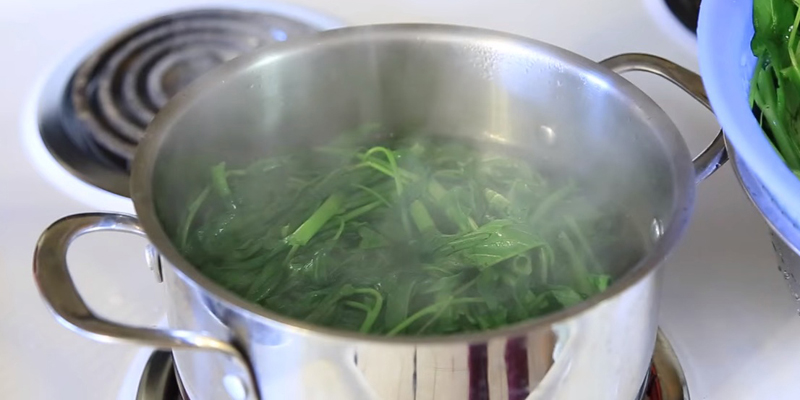
Therefore, to keep the vegetables both vibrant and nutritious, you can add a small spoonful of salt to the boiling water and cover the pot before adding the vegetables. The salt helps retain the green color of the vegetables and minimizes vitamin loss compared to leaving the pot open. It also enhances the taste of the vegetables, making them delicious and nutritious.
Taste the vegetables when they are cooked to the desired tenderness, and do not overcook them. It is best to eat the vegetables while they are still hot. Eating cold vegetables can result in significant vitamin loss. Especially, do not leave the vegetables overnight.
Source: Dân Việt



























